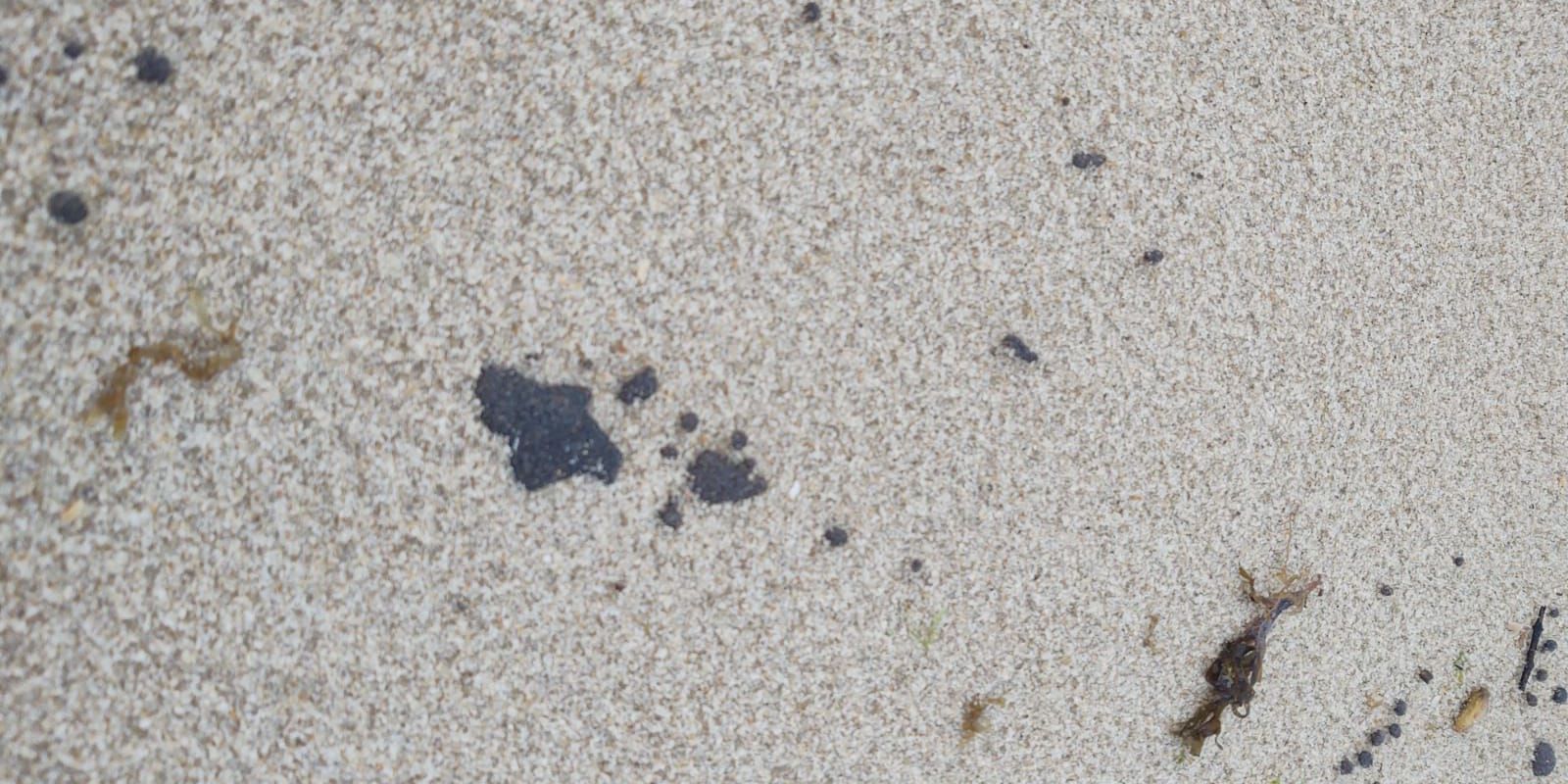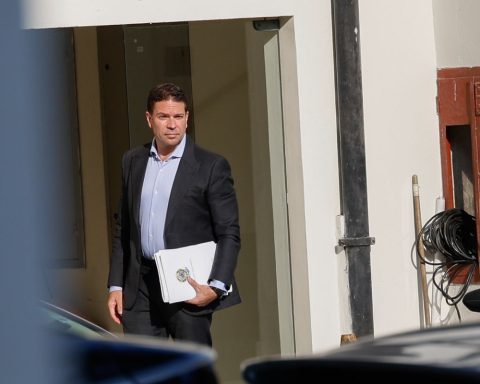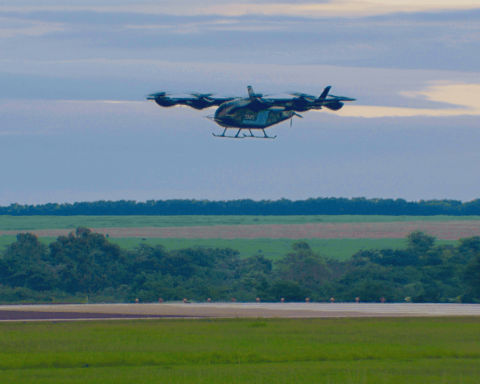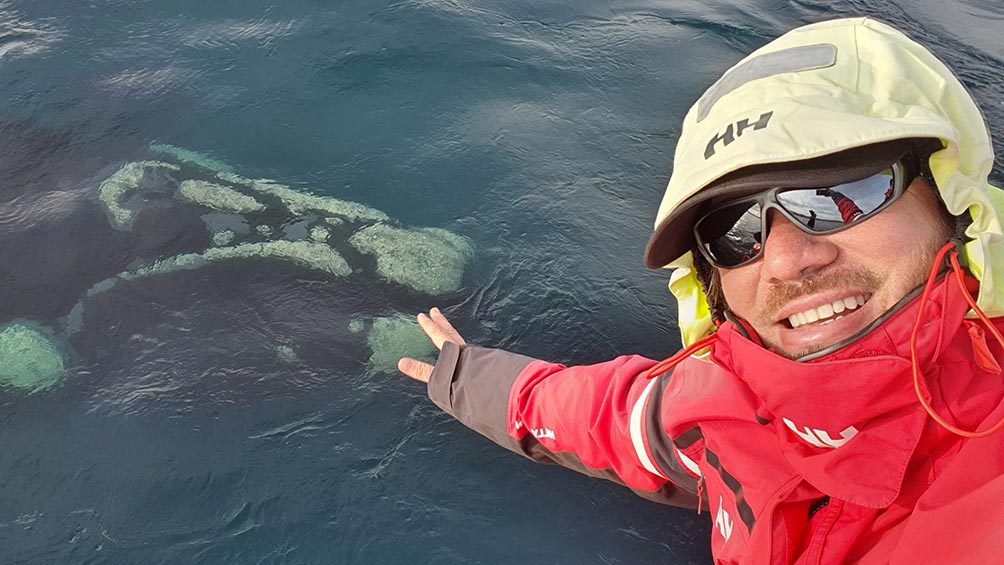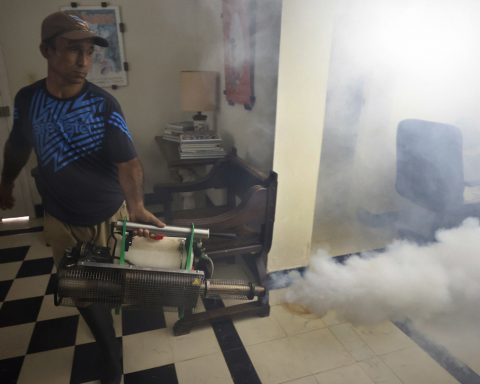There are already 64 beaches on the coast of Ceará with records of oil stains, according to a survey by the Secretary of the Environment of Ceará (Semace), this Friday (11). A new survey will be released on Monday (14).
The Brazilian Navy and the Instituto de Ciências do Mar, at the Federal University of Ceará (UFC), collected samples to analyze the origin of the oil. It is already known that it is not the same material found in the coastal strip of the Northeast in 2019, according to a study by the Federal University of Bahia (UFBA) with the State University of Ceará (Uece).
Yesterday (11), the General Coordination of Environmental Emergencies of the Brazilian Institute for the Environment and Renewable Natural Resources (Ibama) sent an aircraft, the Poseidon, to the state to monitor the coast of Ceará and identify oil on the sea surface. The platforms of the Ceará-Potiguar basin and the coastal region will be observed. Poseidon is equipped with several specialized sensors for detecting oil at sea.
The government of Ceará reported that, so far, 4,000 liters of oil collected on the beaches of Aracati (16 drums of 200 liters), Fortaleza (one drum), Caucaia (two drums) and Trairi (one drum) have been collected from the municipalities. . The material is sent by Semace after confirmation of the stains on the beaches so that cleaning can be carried out. On Monday, the oil collected in Aquiraz and Fortim should be removed.
The secretariat warns that the cleaning of the beaches should be done as soon as possible, as this is a spawning season for turtles. The government also asks that, if the population finds live, dead or nesting turtles, that they not be returned to the sea. Guidance is to contact the Verdeluz Institute. In case of oiled turtles, contact the non-governmental organization aquasis.
Although oil records in Fortaleza and on the east coast are decreasing, the report asks municipalities on the west coast and far west to monitor the occurrence of slicks this weekend, as “there may be more oil being carried by the currents in towards the coastal municipalities of the metropolitan region of Fortaleza, the west coast and the far west coast”.
